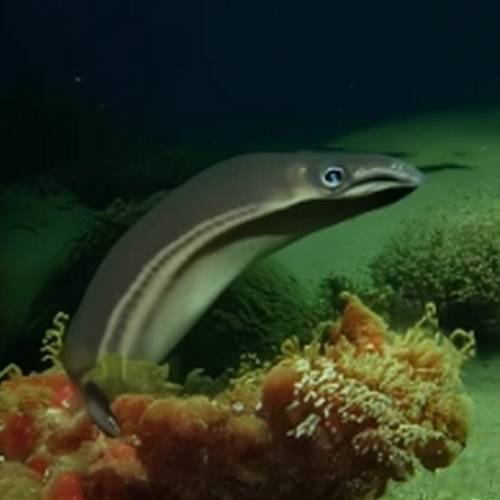Physical Characteristics
The New Zealand Longfin Eel (Anguilla dieffenbachii) boasts unique physical characteristics that make it a captivating species. With a slender, elongated body, these eels can grow up to 6 feet in length, making them one of the world's largest eel species. They display a striking coloration, ranging from olive-green to brown, and possess a distinctive long dorsal fin that runs along their entire body. Their mesmerizing appearance and intriguing features have fascinated researchers and nature enthusiasts alike, contributing to the eel's significance in both scientific studies and cultural traditions among the indigenous Maori people of New Zealand.
Diet and Feeding Habits
The Anguilla dieffenbachii, has intriguing diet and feeding habits. These eels are opportunistic feeders, consuming a variety of prey such as insects, crustaceans, fish, and even small birds or mammals that fall into the water. They are primarily nocturnal hunters, using their exceptional sense of smell and keen vision to locate food in murky waters. During the juvenile stage, they primarily feed on aquatic insects and small crustaceans, while adults are known to consume larger prey. Their unique feeding behaviors play a vital role in the ecosystem of New Zealand's waters.
Behavior and Adaptations
The behavior and adaptations of the longfin eel (Anguilla dieffenbachii) are truly fascinating. These eels exhibit remarkable migratory patterns, undertaking extensive journeys between freshwater and the ocean for breeding. Their ability to survive in both environments is due to remarkable adaptations, such as their elongated bodies and strong muscles for swimming against currents. Additionally, they possess a keen sense of smell, helping them navigate and locate prey. Understanding these behaviors and adaptations is crucial for conservation efforts to protect this unique species and its delicate ecosystem.

